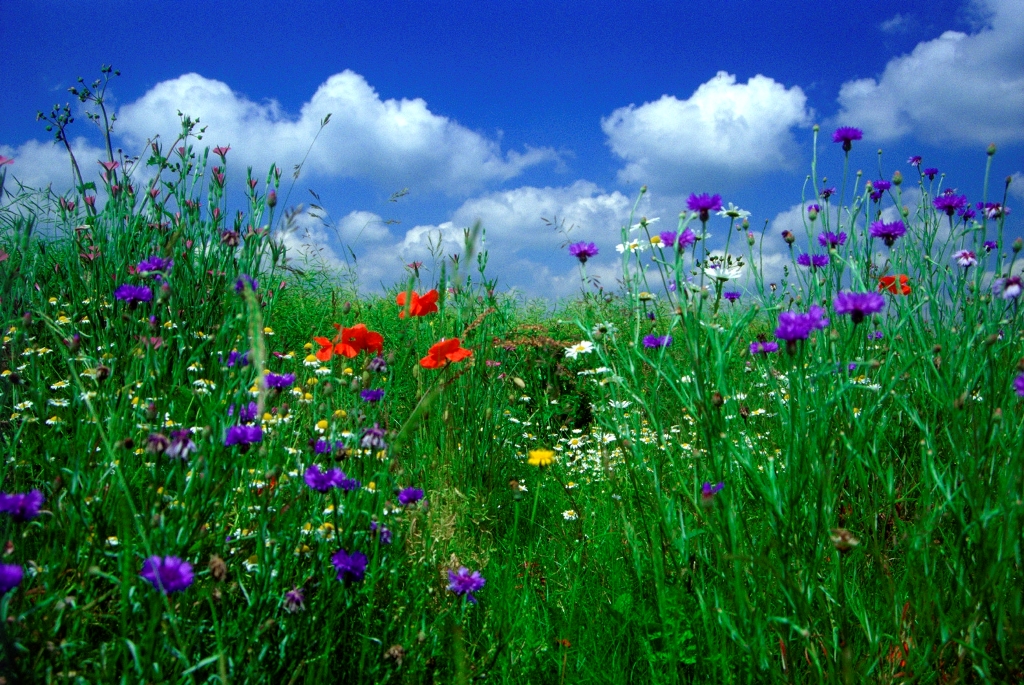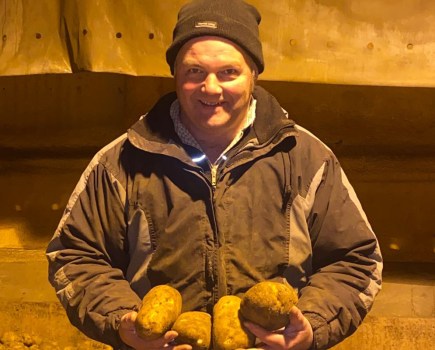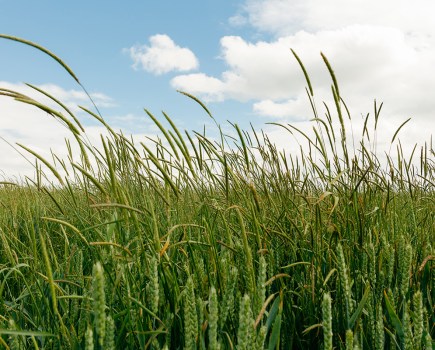We have a problem. It’s one that’s been with us for a long time but up until very recently resistance issues have been largely manageable. The stark reality is that resistance is an issue that’s likely to get worse and is probably the biggest threat to crop production in this country.
Ironically the resistance issue that has been at the forefront of agronomy for decades has proven to be manageable. Cultural strategies have evolved that, when diligently applied, will beat blackgrass into retreat, though it’s a problem and cost growers would rather not have.
Resistant pests are flexing their mandibles, with many growers of OSR having to consider the viability of OSR in their rotation after cabbage stem flea beetle and their larvae have caused crops to fail in some regions. It’s a pest that’s been getting progressively worse over the years and has proved to be near impossible to adequately control without the support of the neonic seed treatments. That’s not a sustainable position to be in.
Sugar beet growers are putting crops in the ground this year in full knowledge that virus yellows poses a substantial threat. It’s a situation made all the more worrying by the fact that there’s only one approved aphicide which works on resistant peach-potato aphids, and that’s limited to a single application.
Likewise, we have looming difficulties with fungicides. The loss of CTL will be greatly felt, not just because it’s been a cheap and effective boost to septoria control, it’s also been the backbone to resistance management strategies and has no doubt helped slow down the loss of efficacy in the azoles and SDHIs.
Its loss poses a number of questions. We can replace CTL with another multisite but not only will the cost be higher, the likelihood is its efficacy against septoria (and certainly ramularia) will be inferior. And will it help protect the chemistry we’ve become so reliant upon?
How will strategy at T0 develop? Will it be to replace CTL with folpet, or will the temptation be to use an azole instead? Or will it be to mix the two, which is getting expensive at a timing when there are seldom ever any yield responses to fungicides?
Next year we’ll have new chemistry which will undoubtedly help with efficacy but for how long? How these molecules will be protected is a problem the manufacturers will be grappling with, but I sincerely hope they’re not sold as straights because this would make their stewardship a lot more difficult.
These are all challenging problems to have, but they highlight that an over-reliance on pesticides isn’t a sustainable long-term strategy. Plant breeders have taken up the gauntlet and are successfully producing wheat varieties with a high resistance to septoria, without the yield penalty that used to be associated with this trait.
 Whether a flea beetle resistant variety will come to the rescue is far less certain, but could there be potential in harnessing the natural enemies of flea beetle to help control them? Should we be establishing predator-friendly strips around fields or even within them? Should we be introducing ladybirds in to sugar beet fields? All agronomists will know just how effective parasitic wasps can be on aphids later in the season, but could numbers build up more quickly if a habitat was created especially for them or would there be an adverse effect on other insects?
Whether a flea beetle resistant variety will come to the rescue is far less certain, but could there be potential in harnessing the natural enemies of flea beetle to help control them? Should we be establishing predator-friendly strips around fields or even within them? Should we be introducing ladybirds in to sugar beet fields? All agronomists will know just how effective parasitic wasps can be on aphids later in the season, but could numbers build up more quickly if a habitat was created especially for them or would there be an adverse effect on other insects?
The sciences of agriculture and ecology are often pitted against one another but perhaps the time has come that they should work more closely together? A new study from the Centre of Ecology and Hydrology, the institute which helped damn the neonics, has been in the news which reports a decline in some bees and hoverflies from 1980-2013. Rather interestingly many of the ‘winning’ species were found to be feeding on the nectar of OSR, so perhaps the neonics weren’t adversely affecting bee health after all. Mr Gove please take note!
The work has begun and, ironically, it’s agchem companies that are leading the way on farm, with initiatives such as Syngenta’s Operation Pollinator and Bayer’s Bee Care. Perhaps it’s time for the industry to show just how good it can be at managing our countryside and the biodiversity within it.
Based in Ludlow, Shrops, CPM technical editor Lucy de la Pasture has worked as an agronomist. @Lucy_delaP





